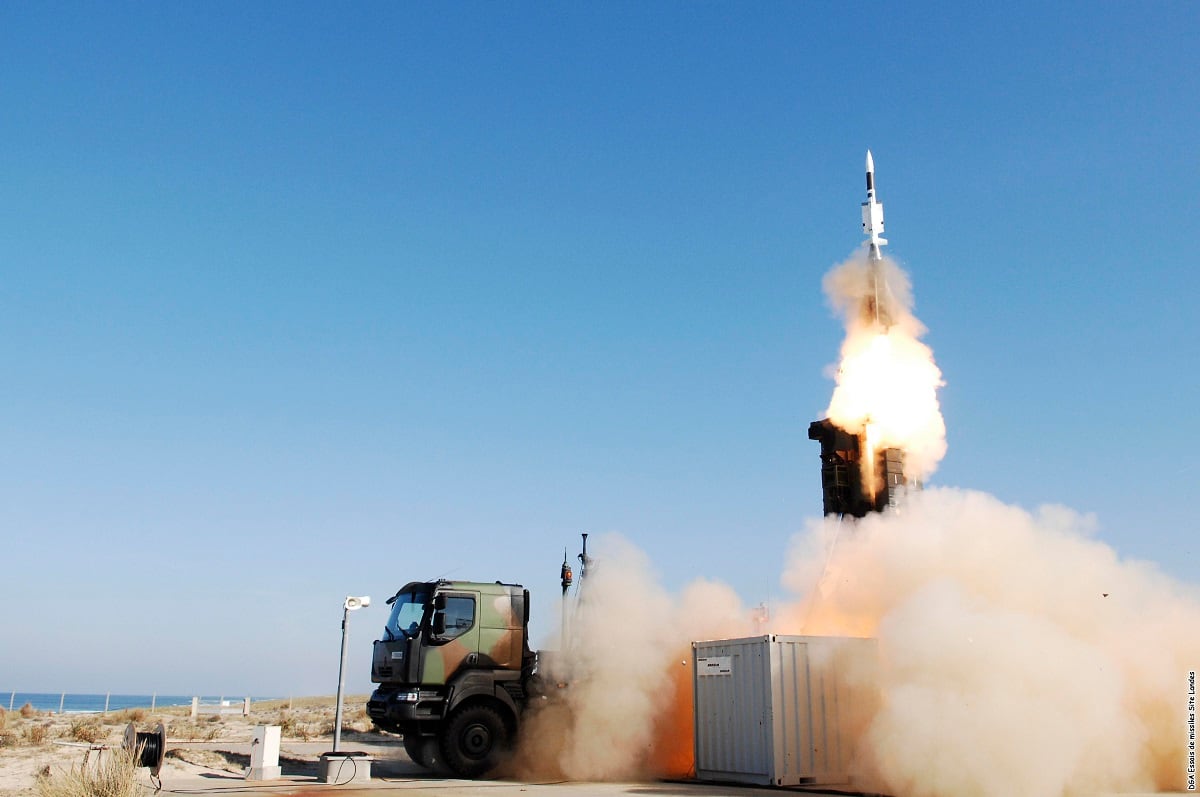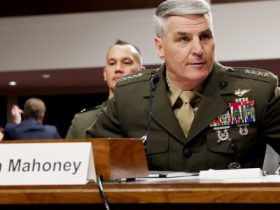If President Donald Trump opts to launch military strikes against Iran, hostile forces in the region likely won’t be able to launch direct attacks against the U.S. homeland. But American military targets in the region will face significant dangers.
During questioning from senators Wednesday, Defense Secretary Pete Hegseth said officials are providing a number of possible options regarding Iran to Trump, while also focusing on the safety of American forces.
“We have maximum force protection in the region at all times being maintained,” Hegseth stated.
Even with recent withdrawals of U.S. troops and personnel from the region, significant assets remain. About 40,000 active-duty troops and Defense Department civilians are currently deployed in the Middle East, according to the Pentagon.
Hegseth last week authorized the “voluntary departure” of all military dependents in the region, in anticipation of potential threats.
The region features several major U.S. military installations, including Al Udeid Air Base in Qatar, regional headquarters for the U.S. Central Command and several active sites in Kuwait, which shares a border with Iran.
On Tuesday, The New York Times reported U.S. intelligence assets have reviewed Iranian plans for strikes on U.S. bases in the Middle East if the United States joins Israel’s military offensive against the country.
After Israel’s war in Gaza began in the fall of 2023, many of those sites in Iraq and Syria came under fire from Iran-backed proxy groups in the region, who lobbed drones and other weapons at U.S. positions. Between October 2023 and November 2024, there were more than 180 such attacks, which at times injured U.S. service members, according to the Foundation for Defense of Democracies.
The U.S. military has at times struggled to defend against these strikes, especially those involving relatively cheap weapons that American forces can only intercept with much more expensive drones or air defense missiles.
Any potential attack by Iran, which has a large store of drones and ballistic missiles, would be far more threatening than the prior assaults by smaller adversaries.
“I have no assurance that we have the capacity to safeguard against a swarm of small, lightweight, slow moving drones,” said Senate Armed Services Committee member Richard Blumenthal, D-Conn. “Right now, if we engage in the Iran conflict, that would put U.S. personnel at risk there.”
To counter those kinds of threats, Navy officials last week directed two destroyers to the eastern Mediterranean Sea for possible force-protection missions. Other naval assets are on standby, and the U.S. is also sending a second carrier strike group to the region — one of multiple times the Pentagon has done so in the last two years.
In Wednesday’s testimony, Hegseth declined to offer specifics on exactly how the U.S. intends to protect its troops if Iran were to participate in direct strikes against American assets.
The United States has already begun direct support for Israel’s defense, helping intercept Iranian missiles aimed at Tel Aviv and other cities after the two adversaries began exchanging missile attacks last week.
Trump was asked by reporters Wednesday morning if he has made a decision about further involvement in the region.
“Will we strike the Iranian nuclear component? I may not do it. I mean, nobody knows what I’m going to do,” Trump replied.
“I can tell you this, that Iran’s got a lot of trouble, and they want to negotiate.”
Leo covers Congress, Veterans Affairs and the White House for Military Times. He has covered Washington, D.C. since 2004, focusing on military personnel and veterans policies. His work has earned numerous honors, including a 2009 Polk award, a 2010 National Headliner Award, the IAVA Leadership in Journalism award and the VFW News Media award.
Noah Robertson is the Pentagon reporter at Defense News. He previously covered national security for the Christian Science Monitor. He holds a bachelor’s degree in English and government from the College of William & Mary in his hometown of Williamsburg, Virginia.
Read the full article here







Leave a Reply